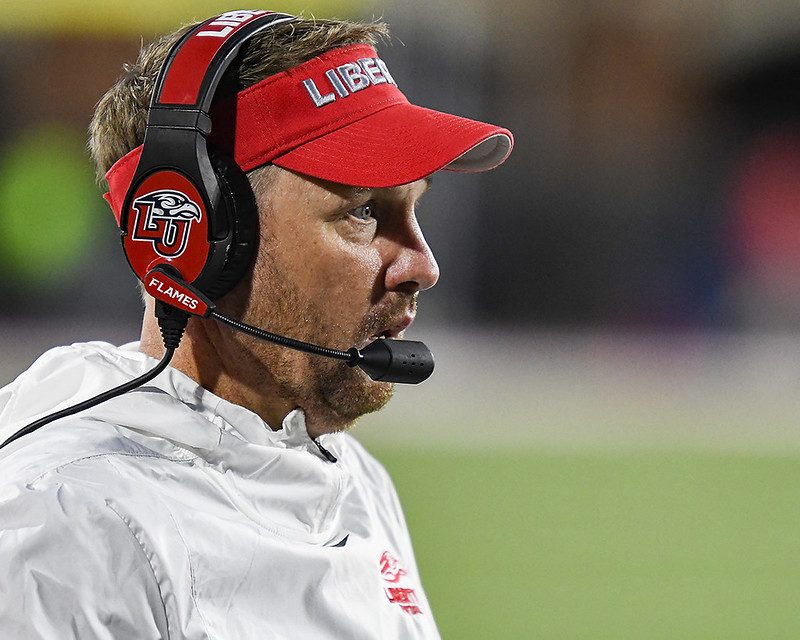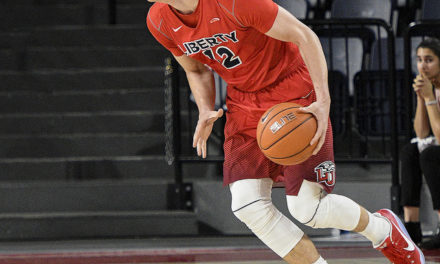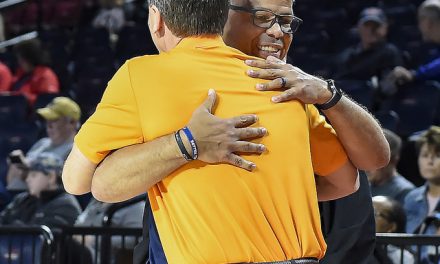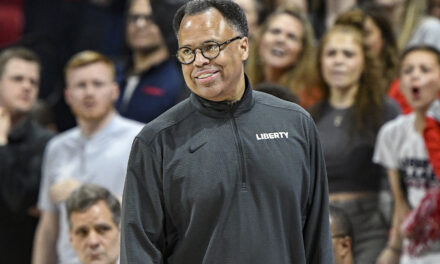Earlier this week, the NCAA’s Board of Governors voted unanimously to permit student-athletes to profit from their name, image, and likeness, in a manner consistent with the collegiate model. Now comes the challenging task of determining exactly what that means and how it will impact all schools, from the blue bloods to the mid- and low-majors across Division I.
The Board of Governors’ vote directed each of the NCAA’s three divisions to begin considering updates to bylaws and policies in an effort to modernize its archaic model. The divisions were given a deadline of January 2021 to create any new rules while the Board of Governors’ Federal and State Legislation Working Group continues to gather feedback through April 2020 before providing its own recommendations.
The NCAA was forced into action on this matter when California Governor Gavin Newsom signed legislation that will allow college athletes in his state to be paid for the name, image, and likeness. This is a debate that has played out for several years since former UCLA basketball player Ed O’Bannon filed a class action lawsuit against the NCAA on behalf of Division I student-athletes challenging the organization’s use of images of former players for commercial purposes.
Liberty’s Hugh Freeze and Ritchie McKay say there are still too many unknowns for them to fully understand how this will impact Liberty, much less the current model of college athletics.
“I need to understand it better because I’m not sure that anyone understands it,” Freeze said. “I need to see exactly what it means. I just don’t understand it enough.”
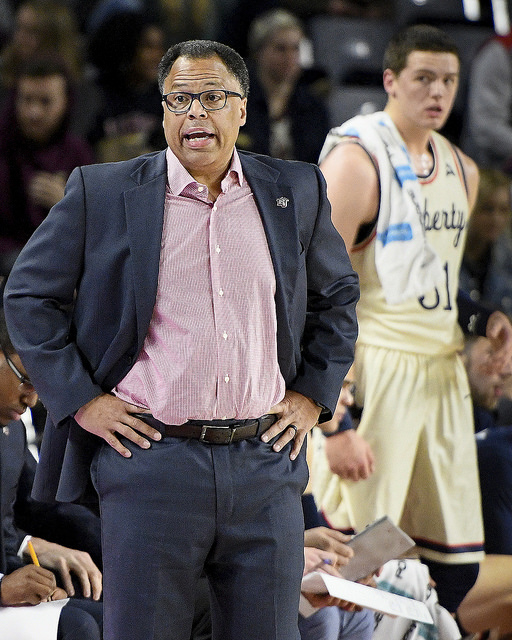
The Flames’ head men’s basketball coach Ritchie McKay, who guided Liberty into the second round of the NCAA Tournament in March, had similar thoughts.
“I’m kind of in the wait and see mode,” he said. “I want the student-athlete, who I think gets treated well now, to be able to maximize what opportunities they have, but I also love college basketball. I think the NCAA isn’t the villain. However our governing body can legislate it in such a way that it’s equitable and the student-athletes feel like they’re getting a portion of what they deserve, I’m all for it.”
Freeze posed legitimate questions regarding how it would impact the school and affect Title IX.
“Who monitors it?” Freeze said. “What are the tax liabilities? What’s the school’s role in all of this? Are there any Title IX issues with it? I don’t know. I haven’t studied it well enough to really have an educated opinion.”
This seems to be a common trend among many Division I head coaches at this stage, as McKay offered similar concerns.
“I don’t want to open up Pandora’s box and there be a level of impropriety, when unchecked, has really marred our game and it’s reputation,” said McKay. “It’s a beautiful game, and there’s so many things that can be learned from the game of basketball in helping a person’s character. I hope the lines don’t get blurred where we don’t keep that in mind.”
There remains reasons for skepticism concerning the NCAA’s next step forward; however, there’s a lot of money being made on the backs of the players. The NCAA’s current contract with CBS and Turner Broadcasting for the Division I Men’s Basketball Championship – which runs from 2011 through 2032 – is valued at $19.6 billion, according to the organization’s most recent financial audit.
“It’s America,” McKay stated. “And I think there’s opportunities that individuals should be able to capitalize upon, yet I think how it’s legislated can be a really difficult thing.”

